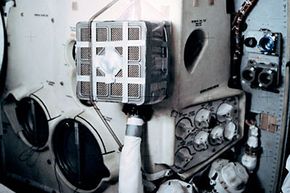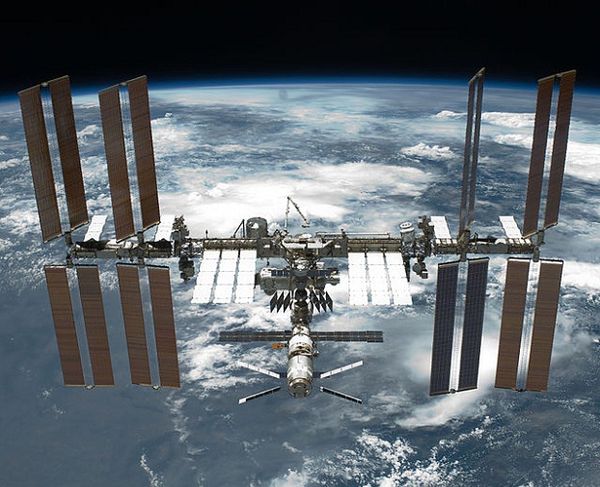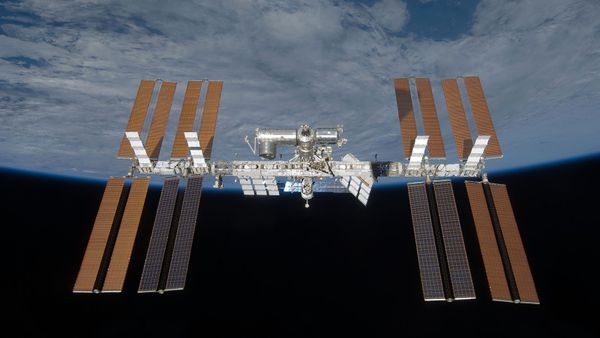We produce carbon dioxide in our bodies when our cells break down food and we release it when we exhale. In the atmosphere, carbon dioxide concentrations are approximately 0.04 percent. However, in the confined cabins of spacecraft, like the space shuttle or space stations, the carbon dioxide concentration can get much higher, which poses a problem because carbon dioxide is toxic. As carbon dioxide concentration in the air around you increases, you will suffer certain symptoms:
- At 1 percent - drowsiness
- At 3 percent - impaired hearing, increased heart rate and blood pressure, stupor
- At 5 percent - shortness of breath, headache, dizziness, confusion
- At 8 percent - unconsciousness, muscle tremors, sweating
- Above 8 percent - death
On Earth, plants remove carbon dioxide through the process of photosynthesis. The plants take in carbon dioxide and release oxygen. However, in a spacecraft, carbon dioxide must be removed from the cabin air through chemical processes. Most spacecraft rely solely on removing the carbon dioxide with canisters that contain powdered lithium hydroxide. When air containing carbon dioxide (CO2) gets passed through the canister, it combines with the lithium hydroxide (LiOH) to form lithium carbonate (Li2CO3) and water (H2O).
Advertisement
CO2 (g) + 2LiOH (s) -> Li2CO3 (s) + 3 H2O (l)
Once all the lithium hydroxide is used up, the canister must be replaced and discarded. Perhaps, the most famous example of using lithium hydroxide canisters occurred on the Apollo 13 mission.
After an explosion crippled the command module, the astronauts lived in the lunar module while the spacecraft returned to Earth. The lunar module used round lithium hydroxide canisters, while the command module used square ones. With three astronauts breathing the air in a space designed for only two, the lunar module canisters were quickly used up, but the astronauts could not exchange them readily because of the different shapes. So, engineers at Mission Control had to devise a way to adapt the air flow from the lunar module through the square lithium hydroxide canisters. They were able to rig a system using hoses, socks, plastic bags and duct tape -- saving the astronauts from carbon dioxide-induced death.
Lithium hydroxide canisters aren't the only solution -- keep reading to find out how SCUBA equipment works in space.
Advertisement


